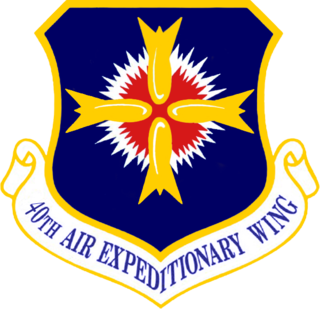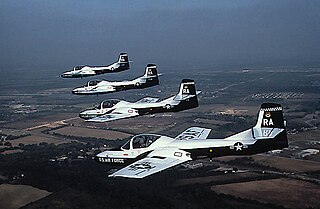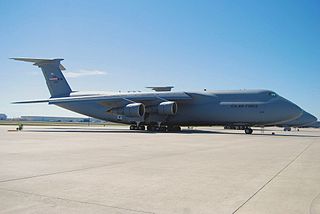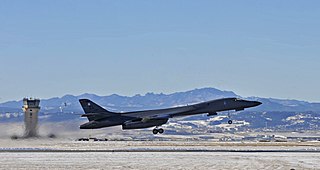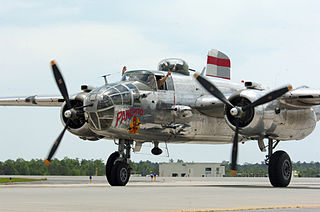11th Bomb Squadron  | |
|---|---|
 11th Bomb Squadron commander's B-52H | |
| Active | 1917–1927; 1928–1945; 1954–1958; 1982–1991; 1994–present |
| Country | United States |
| Branch | |
| Type | Squadron |
| Role | Strategic Bombing |
| Part of | Global Strike Command |
| Garrison/HQ | Barksdale Air Force Base, Louisiana. |
| Nickname(s) | Jiggs Squadron or Bewilderment Group (World War I) |
| Colors | Gold and Black[ citation needed ] |
| Mascot(s) | Mr. Jiggs |
| Engagements |
|
| Decorations |
|
| Insignia | |
| 11th Bomb Squadron emblem (approved 3 March 1924) [1] |  |
| 11th Aero Squadron emblem (approved by AEF 18 November 1918) [2] |  |
| Tail Code | LA |
The 11th Bomb Squadron is a unit of the United States Air Force, 2d Operations Group, 2d Bomb Wing located at Barksdale Air Force Base, Louisiana. The 11th is equipped with the Boeing B-52H Stratofortress. [1]
Contents
- Mission
- History
- World War I
- Intra-War period
- World War II
- Cold War
- Return to bombardment operations
- Lineage
- Assignments
- Stations
- Aircraft and missiles
- See also
- References
- Notes
- Bibliography
- External links
The 11th is one of the oldest units in the United States Air Force, first being organized as the 11th Aero Squadron on 26 June 1917 at Kelly Field, Texas. The squadron deployed to France and fought on the Western Front during World War I as a Day Bombardment squadron. It took part in the St. Mihiel offensive and the Meuse-Argonne offensive. [3]
During World War II the unit served in the Pacific Theater of Operations as a Boeing B-17 Flying Fortress heavy of the Fifth Air Force from 14 January to 1 March 1942, it operated against the Japanese advancing through the Philippines and Netherlands East Indies. The reorganized North American B-25 Mitchell medium bomber squadron resumed combat from bases in India under Tenth Air Force (May 1942 to 11 March 1942) and bases in China under the Fourteenth Air Force (11 March 1943 to Aug 1945) against targets in Burma, China and South China Sea. During the Cold War it was both a tactical Martin TM-61 Matador and BGM-109G Ground Launched Cruise Missile squadron as part of the United States Air Forces in Europe. [4] [5]










